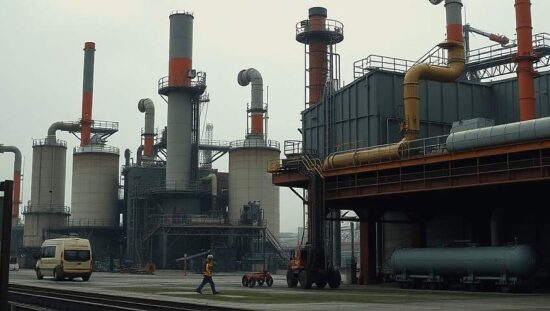The German government’s latest economic indicators paint a sobering picture, revealing a continued lack of economic recovery in the third quarter. A monthly report released by the Federal Ministry for Economic Affairs and Energy on Tuesday highlighted persistent headwinds, primarily stemming from deteriorating global trade conditions.
While German exports initially saw a boost at the beginning of the year, largely driven by anticipatory shipments ahead of potential US tariffs, the trend has since reversed. Exports, particularly to the United States, are now trending downward, reflecting a broader slowdown in global trade dynamics. This decline is particularly concerning given Germany’s heavy reliance on export-led growth.
The report explicitly links the weakening global demand – exacerbated by increased US tariffs – to a significant reduction in incoming orders from outside the Eurozone. This poses a severe challenge to Germany’s export-oriented industrial sector, contributing to a palpable slowdown in production observed since the spring. While the ministry acknowledges that August’s sharp drop in industrial production was partially attributable to later-than-usual factory shutdowns and production reconfigurations, the underlying fragility remains evident.
The cautious optimism surrounding a slight uptick in truck mileage – a key indicator correlated with industrial output – for September offers little to offset the overall negative outlook. The prevailing indicators suggest another period of weak economic performance in the third quarter, a prediction reinforced by the government’s autumn projections.
The reliance on later implementation and impact of government economic and financial policy measures to stimulate growth highlights a worrying dependency on future interventions to address immediate economic concerns. Critics are already questioning whether these measures can be deployed swiftly and effectively enough to adequately counter the ongoing contraction in external demand and the persistently low levels of domestic economic dynamism. The report subtly underscores a potential vulnerability in Germany’s economic model, necessitating a critical reassessment of its dependence on export markets and a strategic refocusing on bolstering domestic demand to ensure long-term resilience.





